Article Topic: Social Anxiety Disorder
Author: Ala’ Moh’d Al Barbarawi
Keywords: Psychiatry, Social Anxiety, Mental Illness, SAD
Linguistic Editor: Aroob Awwad Awwad.
Introduction
Social Anxiety Disorder (SAD), also referred to as social phobia, can be defined briefly as the intense fear of social situations in which the person worries excessively about being scrutinized or inspected closely by others, and fears or has anxiety about one or more social situations where they can be looked over by others. In children, this disorder may be overlooked by parents and mistaken for shyness.
Epidemiology
SAD is considered a common disorder with a current prevalence of 5-10%, and a lifetime prevalence between 8.4 and 15% (1). SAD symptoms usually begin in early adolescence, and typically persist unless treated effectively(1).
Etiology
Different factors that may lead to SAD:
- Genetic/familial factors: There is considerable evidence that SAD has strong familial links. Children of parents with SAD have significantly increased risk of experiencing the disorder, and parents of children with SAD are also more likely to experience it (2). First degree relatives have 2-6 times greater chance of developing SAD (3).
- Biological factors: there are still no firm associations between SAD and brain structures, neural pathways, neurotransmitters, biochemistry, or psychophysiological processes (2). However, neurobiological research suggests possible dysfunction in distributed circuits involving the amygdala, insula, hippocampus, and orbital frontal regions of the brain(4), and in serotonin regulation(5). However, these proposals require further research.
- Temperamental – underlying traits that can be associated with SAD are behavioral inhibition and fear of being negatively evaluated (2). Behavioral inhibition is the tendency to experience distress or discomfort and to withdraw from unfamiliar situations, people or environments(6).
Risk factors:
- First degree relative with SAD.(3)
- Temperament (3), defined by the Oxford dictionary as getting easily aggravated, upset, excited or angry.
- Behavioral inhibition.(6)
- Negative experiences(7), such as being bullied, rejected by parents or friends, and humiliated publicly. They can also include trauma, family problems and abuse (emotional/physical/mental)
- Mental health conditions – individuals with SAD are most likely to have these disorders(3):
- Generalized anxiety disorder
- Panic disorder
- Bipolar disorder
- Major Depressive disorder
- Body dysmorphic disorder
DSM-5 Diagnostic Criteria
Several criteria must be met to diagnose the presenting patient with SAD. These criteria include (3):
- Notable fear or anxiety related to one or more social situations where the patient worries about being scrutinized or judged negatively by others. These situations can include social interactions (e.g., having a conversation with a stranger, participating in school activities, meeting unfamiliar people), public performances (singing, acting, giving a speech), being observed (e.g., when eating or drinking)
- Fear of behaving in a way that can be judged negatively by others; the patient worries about showing symptoms of anxiety, believing that it can cause embarrassment, humility, or rejection.
- Social situations almost always provoke anxiety.
- Social situations are either avoided or endured with intense fear or anxiety.
- Fear or anxiety is out of proportion in comparison to the actual threat created by the social situation.
- Persistent fear, anxiety, or avoidance, lasting for 6 or more months.
- The fear or anxiety causes significant distress in different aspects of functioning.
- Fear, anxiety, or avoidance is not caused by or related to the physiological effects of substance use (e.g., drug abuse or medication) or another medical condition.
- Fear, anxiety, or avoidance is not better explained or diagnosed by symptoms of another mental disorder (e.g., panic disorder, body dysmorphic disorder, or autism spectrum disorder).
- The presence of a comorbid medical condition such as obesity, Parkinson’s disease, or disfigurement due to burns or injury, is not related to the fear, anxiety, or avoidance or is excessive compared to it.
In children, these observations must be noted in peer settings as well as with adult interactions. Children can express their fear by crying, throwing tantrums, clinging, failing to speak or to interact. Some individuals may not raise their hands or participate in class discussions either.
Treatment
Assessment is the first step of treatment. Individuals with social anxiety disorder tend to have less frequent visits to their primary care physician compared to patients with other mental disorders(8). Moreover, they tend to avoid consulting a physician for psychological problems(9).
To screen for the disorder, clinicians usually ask patients two important questions. The first one is whether they frequently avoid social situations or activities, and the second is whether they feel afraid or embarrassed in social situations. Clinical experience suggests that these questions are useful in screening for SAD, but their sensitivity and specificity are unknown(10).
There are different approaches to treat SAD including psychotherapy, pharmacotherapy, or both(11),(12). The treatment of choice depends on the patient’s choice and the clinical judgement(11). A positive or negative response to a previous treatment choice can guide future treatment decisions(13). Pharmacotherapy may be preferred initially for patients who view psychotherapy as a feared situation, at least until anxiety has been reduced and psychotherapy becomes a more acceptable option.
Psychotherapy
There are multiple methods available for psychotherapy, including(13):
- Cognitive behavioral therapy (CBT)
Currently the first-line treatment. The doctor educates the patient about the nature of the disorder by focusing the patients attention on themselves. The patient is taught mechanisms to use for reducing anxiety and fear in situations where he/she feels threatened. This type of therapy focuses on problematic processing of events, and may involve behavioral experiments (e.g.: exposure to social situations)(13).
- Short-term psychodynamic therapy
The therapist informs patients about social anxiety disorder and its treatment. Therapy involves setting goals(13) to uncover the source of feelings and thoughts obscured from patients(14). The therapist gains the patient’s trust to ensure honest communication(13),(14). This type of treatment identifies the core of the underlying conflict (e.g., I want to be the center of attention, but fear being humiliated so I do not expose myself to such situations)(13). It can then be related to the conflict within the individual. This method relies on confrontation of inner conflicts, clarifying them (e.g., you might feel this way because of a problem you had previously faced) and interpreting them(13) to establish an encouraging inner dialogue, terminate therapy and prevent relapse(13).
- Interpersonal therapy(13)
Involves reviewing symptoms the patient suffers from and explaining them as part of the disorder(13). The symptoms are linked to interpersonal problems. The patient is encouraged to express their feelings about relationships(13). Therapy is focused on the problem identified(13), and is terminated by reviewing progress to help prepare the patient for future challenging situations(13).
- Mindfulness-based stress reduction(13)
Aims at reducing stress and anxiety through providing psychoeducation about stress and meditation techniques(13). The patient meditates for 30 minutes/day using audiotapes, and 10-15 min/day without audiotapes(13). Patient is also provided with reading/watching material to practice mindfulness (e.g., books, articles, videos)(13).
Pharmacotherapy
Several medications are used for the treatment of SAD including(13):
- Selective Serotonin-Reuptake Inhibitors (SSRIs): First-line pharmacological treatment.
- Serotonin–Norepinephrine Reuptake Inhibitors (SNRI).
- Benzodiazepines.
- Anti- convulsant.
- MAOIs.
Prognosis
Good prognostic factors in SAD include seeking treatment early and adhering to its schedule. While the presence of bipolar disorder(15) ,or other psychiatric comorbidities(3), in addition to not seeking treatment are associated with worse prognostic factors (15).
Untreated SAD can become chronic and increasingly life-limiting; as it becomes more difficult to fight fear and maintain a normal, healthy life as time goes on. Its complications can include(7) low self-esteem, being indecisive, negative self-talk, over-sensitivity to criticism, weak social skills, low academic achievements and employment success, self-isolation, substance abuse, and suicide or even suicidal attempts. However, with treatment, prognosis remains extremely positive(16).
[Read more]References
- Ahmet Koyuncu MD1, Ezgi İnce MD2, Erhan Ertekin MD2 RTM. Comorbidity in social anxiety disorder: diagnostic and therapeutic challenges. Available from: https://www.ncbi.nlm.nih.gov/pmc/articles/PMC6448478/
- Spence SH, Rapee RM. The etiology of social anxiety disorder: An evidence-based model. Behav Res Ther [Internet]. 2016;86:50–67. Available from: http://dx.doi.org/10.1016/j.brat.2016.06.007
- Diagnostic and Statistical Manual of Mental Disorders (DSM-5®) [Internet]. Available from: https://books.google.jo/books/about/Diagnostic_and_Statistical_Manual_of_Men.html?id=-JivBAAAQBAJ&printsec=frontcover&source=kp_read_button&redir_esc=y#v=onepage&q&f=false
- Fox AS, Kalin NH. A translational neuroscience approach to understanding the development of social anxiety disorder and its pathophysiology. Am J Psychiatry. 2014 Nov;171(11):1162–73.
- Stein MB, Andrews AM. Serotonin States and Social Anxiety. JAMA psychiatry. 2015 Aug;72(8):845–7.
- Fox NA, Henderson HA, Marshall PJ, Nichols KE, Ghera MM. Behavioral inhibition: Linking biology and behavior within a developmental framework. Annu Rev Psychol. 2005;56:235–62.
- mayo. Social anxiety disorder (social phobia) [Internet]. Available from: https://www.mayoclinic.org/diseases-conditions/social-anxiety-disorder/symptoms-causes/syc-20353561
- Gross R, Olfson M, Gameroff MJ, Shea S, Feder A, Lantigua R, et al. Social anxiety disorder in primary care. Gen Hosp Psychiatry. 2005;27(3):161–8.
- Lecrubier Y, Wittchen HU, Faravelli C, Bobes J, Patel A, Knapp M. A European perspective on social anxiety disorder. Eur Psychiatry. 2000 Feb;15(1):5–16.
- Social anxiety disorder: recognition, assessment and treatment [Internet]. 22 May. 2013. Available from: https://www.nice.org.uk/guidance/cg159/resources/social-anxiety-disorder-recognition-assessment-and-treatment-pdf-35109639699397
- Stein MB, Stein DJ. Social anxiety disorder. Lancet (London, England). 2008 Mar;371(9618):1115–25.
- Schneier FR. Clinical practice. Social anxiety disorder. N Engl J Med. 2006 Sep;355(10):1029–36.
- National Collaborating Centre for Mental Health NCG. Social Anxiety Disorder. Recognition. Assessment and Treatment. N Engl J Med [Internet]. 2013;(159):2255–64. Available from: http://www.nejm.org/doi/10.1056/NEJMcp1614701
- Freedheim DK. Short-Term Dynamic Psychotherapy [Internet]. 2013. Available from: https://www.apa.org/pubs/videos/4310903?tab=2
- Simon NM, Otto MW, Wisniewski SR, Fossey M. Anxiety Disorder Comorbidity in Bipolar Disorder Patients : Data From the Firs … Am J Psychiatry. 2004;(161):2222–9.
- Social Anxiety Disorder Information [Internet]. Available from: https://www.verywellmind.com/what-is-social-phobia-2671698#:~:text=Prognosis%3A Untreated social anxiety disorder,the prognosis is extremely positive.



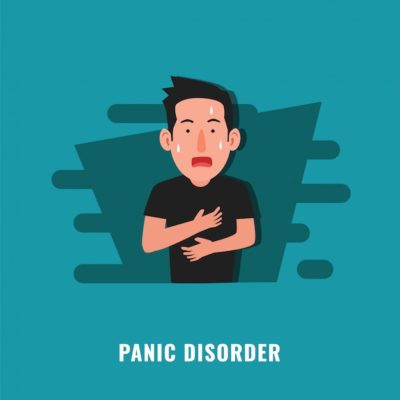
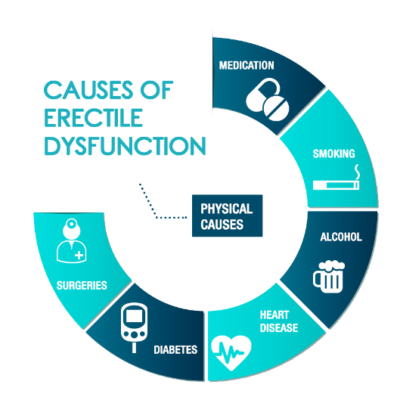
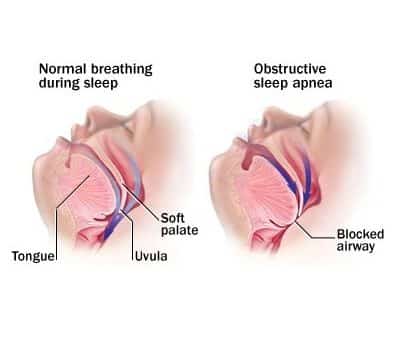

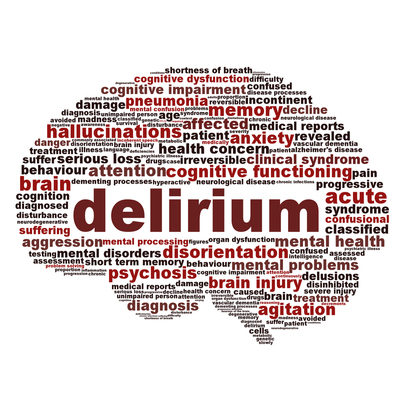
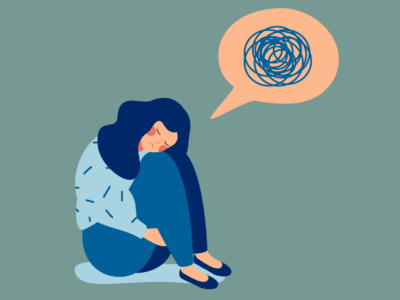



Thank you for addressing and shining a light on this medical condition. Social Anxiety Disorder is usually disguised as shy behaviour, especially in children. Parents should be encouraged to seek out medical attention for their children before it negatively impacts the child’s life.
Great work Ala keep it up.
I don’t believe that people with SAD consciously feel that they are being evaluated. It is something that just happens and the person doesn’t know why.
IM SO PROUD THAT I HAVE FRIEND LIKE YOU 🙂
KEEEEEP GOING !!!!